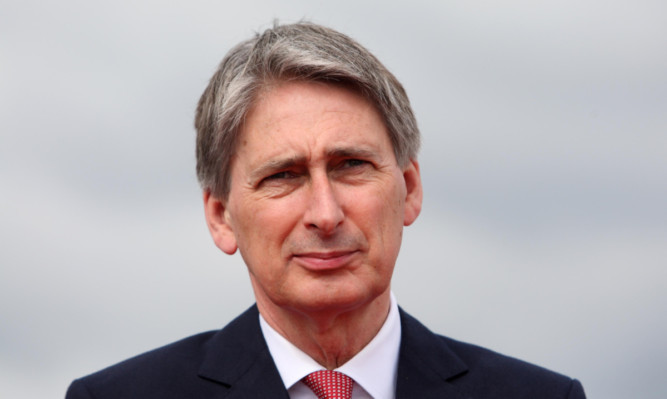Proposed powers for police and security services to access email and social media records would help prevent terrorists causing mayhem and murder on Britain’s streets, Defence Secretary Philip Hammond has claimed.
Mr Hammond added his voice to Home Secretary Theresa May’s drive to resurrect the Communications Data Bill in the wake of the killing of Drummer Lee Rigby in Woolwich last week.
His comments came after Conservative former police minister Nick Herbert branded Deputy Prime Minister Nick Clegg “irresponsible” for vetoing the Bill’s inclusion earlier this month in the Queen’s Speech.
The controversial legislation would require internet companies to retain records of emails and social media messages for a year and allow police and security agencies to access the data but not the content of messages.
Critics have branded it a “snooper’s charter” and argue it would infringe privacy and act as a recruiting sergeant for terror groups.
However, Mr Hammond argued it would help preserve civil liberties by protecting citizens and troops from the threat posed by violent extremists.
The defence secretary said: “Once a suspect is detained, the urgent need is to discover who else is in his network and who else might be about to commit a similar act.
“The danger that we’ve got, as technology develops, more and more communications are carried out over the internet, Voice Over Internet Protocols, Skype and so on, that the police and security services lose that ability to track that traffic.
“Of course, we have to do this in a way that is sensitive to the concerns about preserving civil liberties.
“But we preserve our civil liberties by making sure that those who want to murder our citizens and soldiers on our streets can be tracked and monitored and dealt with so they can’t cause that kind of mayhem.”
Mrs May made clear at the weekend she wants to revive the legislation, saying: “I’m clear the law enforcement agencies, the intelligence agencies need access to communications data and that is essential to them doing their job.”
However, Mr Clegg has set his face against the bill, leading some Tories to speculate he might retaliate against any Conservative bid to resurrect it by telling his Lib Dem MPs to vote with Labour for a mansion tax.
Mr Herbert, who served as police minister under Mrs May from 2010 to 2012, said opposition to the bill was driven by “paranoid libertarianism”.
“Nick Clegg is being irresponsible in preventing the Government from bringing the measure forward,” he said. “Using new technology to intercept terrorist plots doesn’t recruit terrorists. It jails them.”
